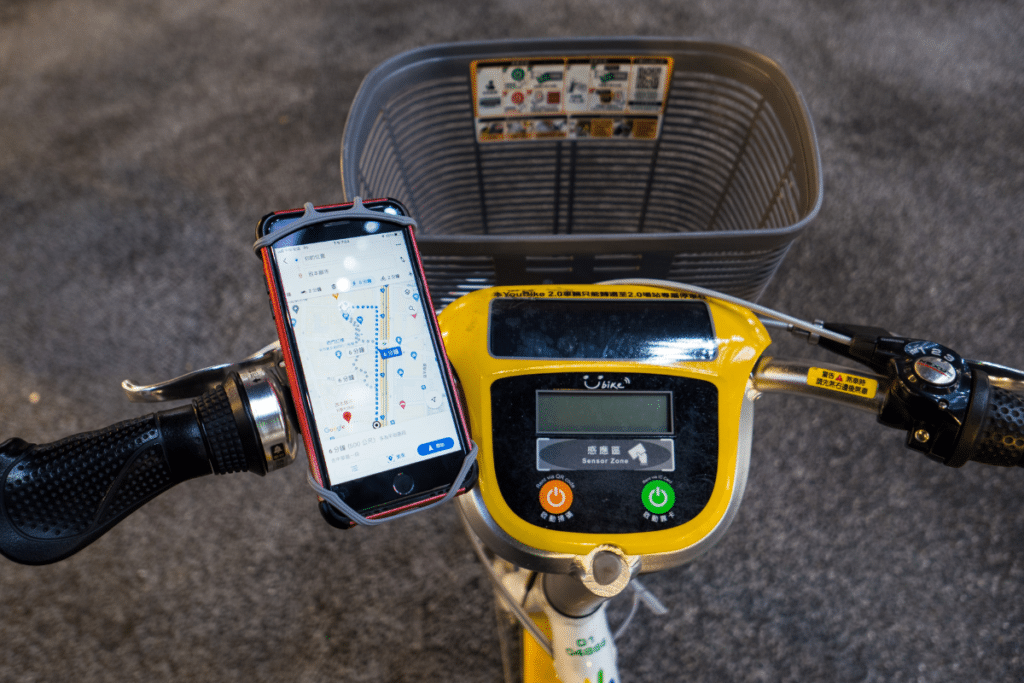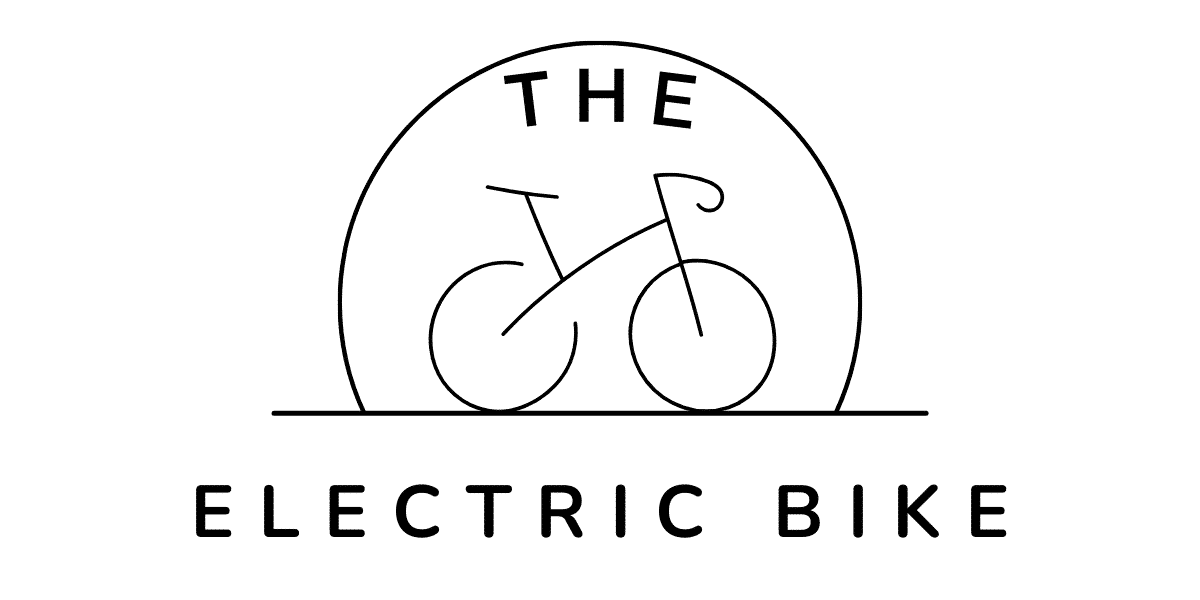In a world where electric bikes continue to gain popularity, it’s essential for every e-bike owner, old and new alike, to invest in a reliable battery charger. This guide will help you navigate your way through various types of chargers, features to consider, and how to pick the best electric bike charger for your needs.

Understanding the Basics of Electric Bike Chargers
An electric bike charger is specifically designed to recharge the batteries that power your e-bike. Typically, they plug into a standard electrical outlet, but some variants also allow for on-the-go charging via portable power packs. Depending on the type of battery, electric bicycle chargers supply the required voltage and charge rate to ensure longevity and efficient performance of your e-bike.
Types of E-Bike Batteries
There are mainly three types of batteries used in electric bikes:
- Lead Acid: These are economical options with a long history in the automotive industry but tend to be bulky, heavy, and have shorter lifespans.
- Nickel-based (NiCd and NiMH): More efficient than lead-acid batteries, they offer a higher energy density and better performance in low temperatures.
- Lithium-ion: The most commonly used option for modern e-bikes, these batteries provide high energy density, lighter weight, longer lifespan, and faster charging times.
Each type of battery requires a compatible charger that caters to its specific requirements for optimal results.
Selecting the Right Electric Bike Charger
To select the ideal electric bike charger, there are several factors to consider:
1. Compatibility with your e-bike battery
The first and most crucial aspect is ensuring the charger will work with your bike’s battery type (lead acid, nickel-based, or lithium-ion). Using an incompatible charger can risk damaging the battery or significantly reducing its lifespan.
Find out all you need to know about Best step through electric bike
2. Input voltage and frequency compatibility
Electricity supply varies across countries, so it’s essential to ensure that your electric bicycle charger can handle the local input voltage and frequency. Most modern chargers support a range of 110V – 240V and 50Hz – 60Hz, making them suitable for international use.
3. Appropriate charging voltage and current
A proper electric bike charger should supply the correct charging voltage compatible with your e-bike battery, such as a 42v 2a charger to pair with a 36V ebike battery. The charging current should also be appropriate for the battery capacity, typically measured in ampere hours (Ah).
4. Efficient charging rate
Although faster charging seems advantageous, an ideal ebike charger should take into account both speed and battery health. Charging at excessive speeds can generate excessive heat, lead to overcharging, and damage the battery in the long run. Good chargers have built-in features to regulate the charge rate for efficiency and safety.
Key Features to Look For
In addition to these vital considerations, here are some desirable features of a top-quality electric bike charger:
- Smart charging technology: Smart chargers can detect battery characteristics such as temperature, voltage, and state of charge and automatically adjust the charging parameters to optimize performance and extend battery life.
- Multiple charging modes: A charger with multiple charging modes (e.g., fast charge, trickle charge, or maintenance mode) offers greater versatility and flexibility for different situations and requirements.
- Built-in safety features: Short circuit protection, overvoltage protection, reverse polarity protection, and over-temperature protection are essential safety features that minimize risks of damage to the battery or any electrical hazards while charging.
- Durable construction and materials: Your electric bicycle charger should be made of high-quality materials and have a robust design, ensuring longer-lasting performance and reliability even under rough usage conditions.
- Compact size and portability: If you plan on taking your electric bike for long rides or travel, consider a portable and lightweight charger. It will make it easy to carry around in your saddlebag or backpack and keep your e-bike charged on-the-go.
Maintaining Your E-Bike Charger and Battery
With a suitable electric bike charger at hand, the following precautions can help you get the most out of your e-bike battery:
- Avoid deep discharging: Regularly depleting your e-bike battery to critical levels before recharging negatively impacts its lifespan. Aim to recharge the battery when it reaches around 20% – 30% capacity.
- Store properly: If not using your e-bike for extended periods, store the battery in a cool, dry place at about half charge. Also, disconnect the charger from the battery and power source when not in use.
- Regular inspection and cleaning: Periodically inspect your e-bike charger for wear and tear, cleanliness, and proper connections. Keep the charger clean by wiping with a dry cloth and avoid exposing it to moisture or direct sunlight.
In summary, selecting the best electric bike charger involves understanding battery types, compatibility factors, desired features, and how to maintain both the charger and battery for optimal performance. By equipping yourself with a reliable electric bicycle charger, you’ll be prepared for countless adventures on two wheels powered by clean energy.
